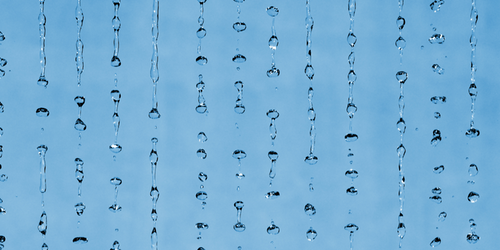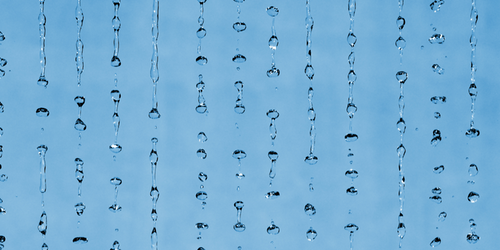The Coldest Water
Water doesn’t always freeze when the temperature hits zero degrees Celsius—under certain conditions, liquid water can be “supercooled” to temperatures below . However, researchers still don’t know exactly how cold liquid water can get. Now a research team has taken a step toward answering this question, demonstrating a new technique for measuring the temperature of micrometer-sized water drops. Using their technique, which measures the drops’ temperatures via their diameters, the team showed that the liquid can exist down to , the lowest water temperature measured to date.
Robert Grisenti at the GSI Helmholtz Center for Heavy Ion Research and the University of Frankfurt, both in Germany, and colleagues, squirted a jet of micrometer-sized water drops into an evacuated chamber. As each drop traveled, some of its liquid evaporated, cooling the remaining portion and causing the drop to shrink. So the drop diameter could serve as a measure of the amount of cooling. The team monitored the drops’ sizes to a precision of 10 nm by illuminating them with a laser and measuring the positions of the resonance peaks in the scattered light. They then used the sizes to calculate the drops’ temperatures.
Drops of supercooled water occur naturally in the Earth’s upper atmosphere. Knowing when water freezes and when it stays liquid at these low temperatures could improve understanding of atmospheric ice formation and help researchers develop more reliable climate models.
This research is published in Physical Review Letters.
–Katherine Wright
Katherine Wright is a Contributing Editor for Physics.





